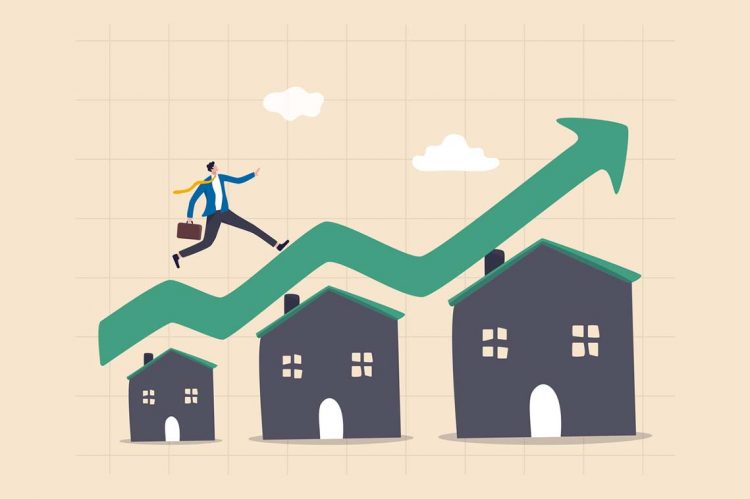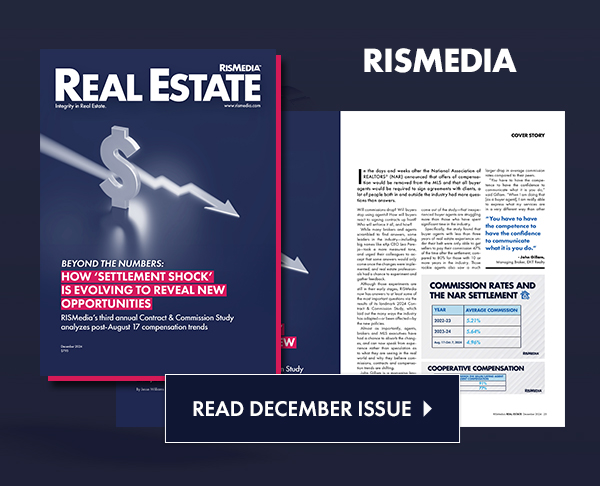This week, the 30-year fixed-rate mortgage average increased from 4.16% last week to 4.42% this week–the highest level its reached since January of 2019, according to Freddie Mac’s Prime Mortgage Market Survey (PMMS), released Thursday.
Mortgage rates across all loan types continued to move up, as rising inflation, escalating geopolitical uncertainty and the Federal Reserve’s actions are driving rates higher and weakening consumers’ purchasing power, Freddie Mac stated. In short, the rise in mortgage rates, combined with continued house price appreciation, is increasing monthly mortgage payments and quickly affecting homebuyers’ ability to keep up with the market, the enterprise stated.
Key findings:
- 30-year fixed-rate mortgage averaged 4.42% with an average 0.8 point for the week ending March 24.
- Up from last week’s average of 4.16%
- The same week in 2021 its average was 3.17%
- 15-year fixed rate mortgage averaged 3.63% with an average 0.8 point
- Its average last week was 3.39
- The same week in 2021 its average was 2.45%
- 5-year Treasury indexed hybrid ARM averaged 3.36% with an average 0.3 point
- This is up from last week’s average, 3.19%
- Last year it averaged 2.84%
The takeaway:
“The Freddie Mac fixed rate for a 30-year loan continued its ascent this week, following the upward path of the 10-year Treasury which reached the highest level since May 2019,” said George Ratiu, manager of economic research at realtor.com®. “Investors reacted to Federal Reserve Chairman Powell’s remarks at the National Association for Business Economics, in which he acknowledged that inflation is ‘much too high,’ and mentioned the option of larger 50 basis point increases in the funds rate at the next meetings. His comments made clear that the central bank feels the current inflation trajectory is unacceptable, but didn’t answer the question of how efficient the bank will be in stemming runaway prices without causing broader pains in employment markets, or pushing the economy into a recession. The main takeaway is that mortgage rates are likely to push toward 5.0% before the end of the year, with lenders anecdotally reporting quotes around 4.75% for the 30-year fixed rate.”
Ratiu continued, “Real estate markets reached unprecedented territory during the past two years of the pandemic. From the shock of never-before-seen mass quarantines and towering job losses, to the eye-watering monetary and fiscal stimulus, American homes played a central role, serving as shelter, work places, virtual schools, gyms and safe havens. Forbearance measures and rock-bottom mortgage rates ensured that families kept their abodes, and enabled many to buy their first home. However, the window of record-breaking mortgage rates has closed, and the road ahead points to a return toward mortgage rates more typical of the past two decades. For buyers and sellers, this spring will offer a period of transition, in which high prices will combine with rising interest rates to challenge budgets already contending with high inflation. The bottom line is that at today’s rate, the buyer of a median-priced home is spending more than $300 per month more on their monthly payment than they did a year ago. Predictably, we’re seeing early signs of market adjustment, with sales of both new and existing homes down.”












